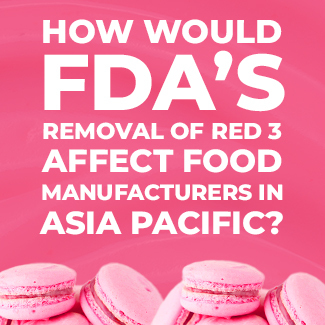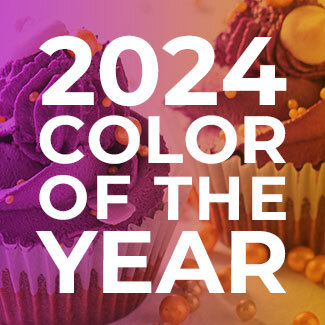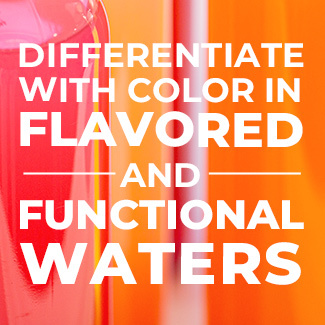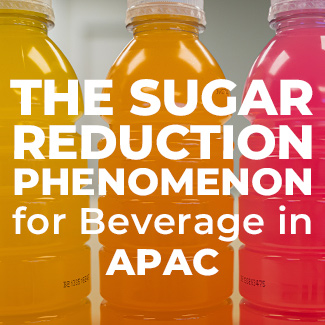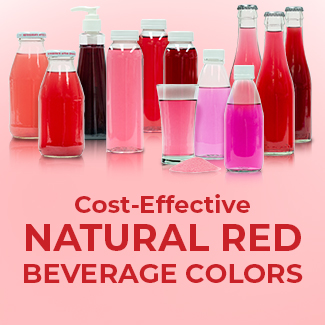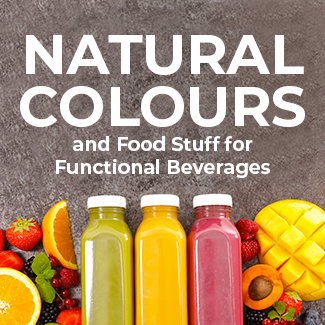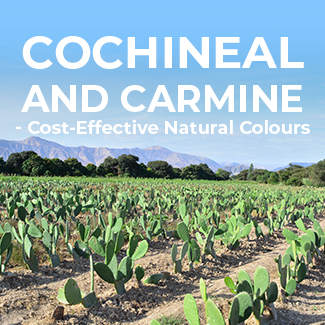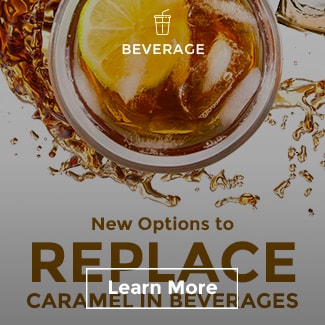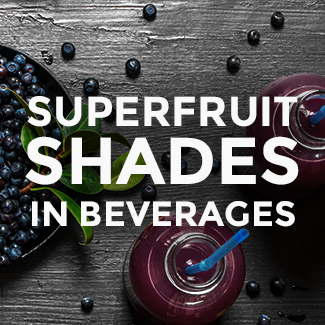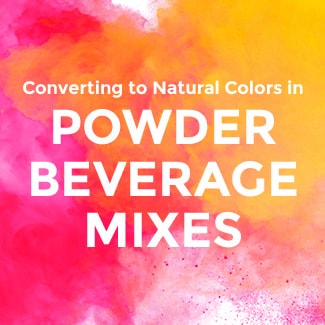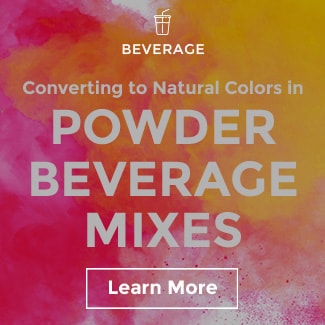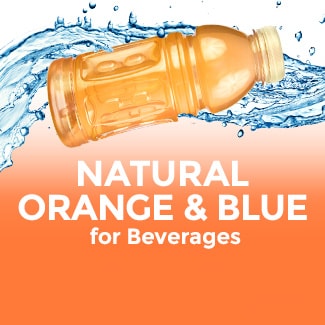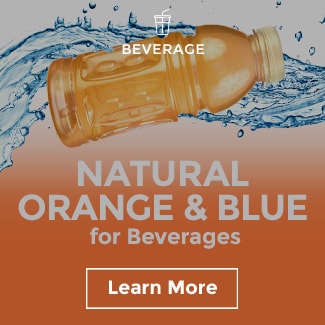Emulsion Stability in RTD Sparkling Beverages

The Value of Colour in Beverages
While the word “taste” refers to what is detected by our taste buds, consumers’ perception of taste goes much further than that. Tasting a beverage is a multi-sensory experience constructed from a number of things including our palate, along with the beverage’s visual appearance, aroma, and mouthfeel. Our brains use all of our senses to interpret the beverage and arrive at the decision of our overall liking.
In beverages, colour plays a prominent role in establishing a consumer’s flavour expectation prior to tasting. The colour must match the consumers’ frame of reference for its respective flavour. For example, one would probably expect a sparkling blueberry beverage to be close to an indigo or purplish hue or a clementine juice drink to be a bold orange. Understanding consumer perspective is very important, especially since more than any other attribute, taste expectation (which can be impacted by colour) drives consumer liking. Our research indicates brighter colours are preferred in beverages because of their association to a better and sweeter taste.

The Complexities and Necessities of Beverage Emulsions
With the growing popularity of sparkling beverages, we are seeing a wave of interest in natural colour emulsions. Any colours from the carotenoid family like beta-carotenes, paprika, or turmeric require emulsification to function in water-based systems like a sparkling beverage base. Inherently, carotenoids prefer oil over water, but emulsions enable them to become water-dispersible. Sensient’s Advanced Emulsion Technology (AET™) and equipment innovatively decreases the particle size of the oil-soluble colours and transforms them into a stable water-dispersible solution.

Although complex, emulsions breathe life into many popular beverage flavours, and given the correlation of colour and taste on purchase intent, developers shouldn’t sacrifice on colour performance when working with them. They enable developers to achieve natural colour shades that were previously unattainable, but formulating with them can be tricky.
One of the biggest challenges for beverage developers is maintaining the emulsion’s stability. The results of a broken emulsion can be pretty undesirable including colour agglomeration, cap staining, and/or colour ringing.

Since many of the ingredients in a beverage system could potentially be emulsions or contain emulsifiers with the exception of water and most sweeteners, there is a high possibility for ingredient interaction. Let’s take a look at four common oversights when developing with emulsions, as well as strategies to enhance equilibrium.


 If you are experiencing any of these challenges, Sensient’s beverage application team is always happy to help. We enjoy working on the bench with flavour suppliers and batching during scale up with beverage manufacturers.
Get started today by requesting your colour emulsion shade here.
If you are experiencing any of these challenges, Sensient’s beverage application team is always happy to help. We enjoy working on the bench with flavour suppliers and batching during scale up with beverage manufacturers.
Get started today by requesting your colour emulsion shade here.



